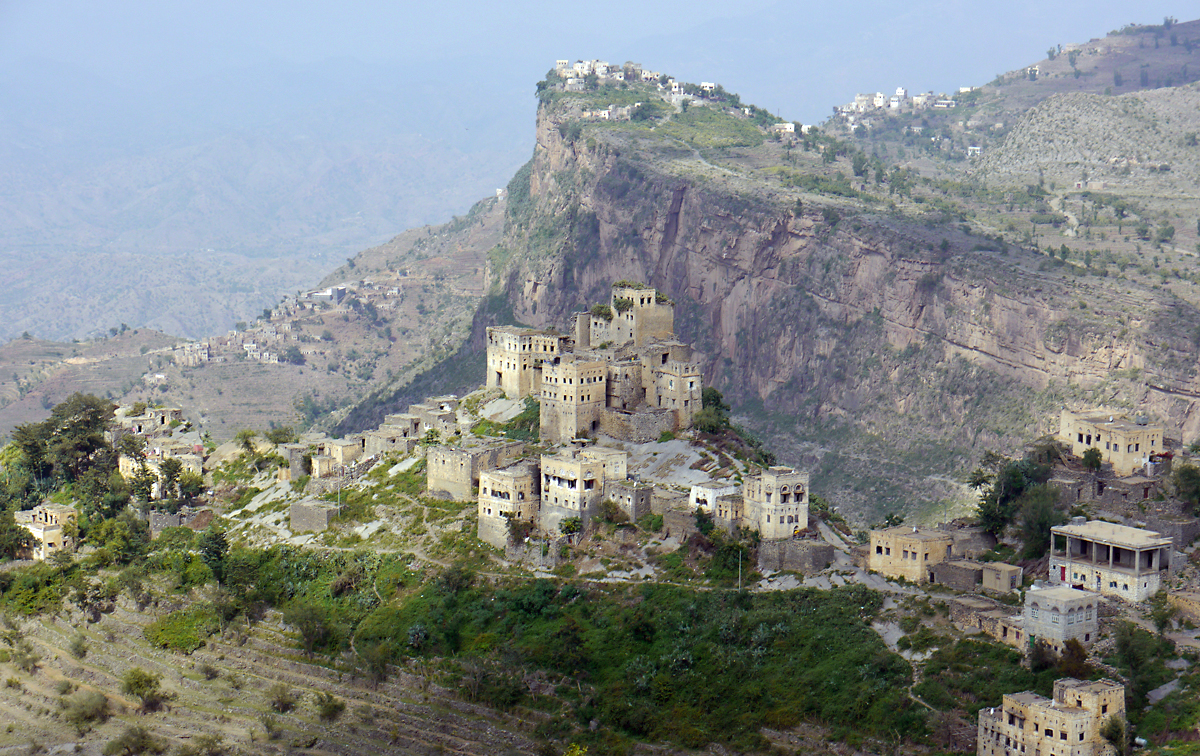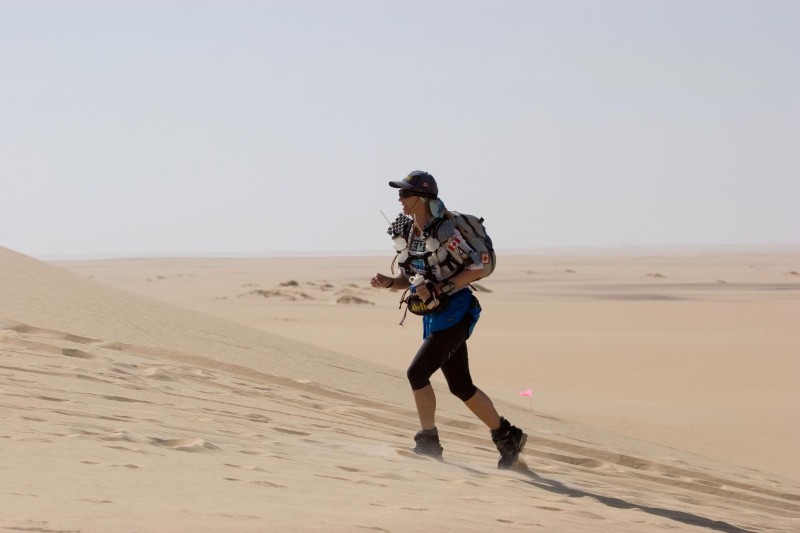The Worst Journey In The World by Apsley Cherry Garrard is by many, especially English speakers, rated as the best book on adventure and exploration ever written. I have agreed on that for years until I recently read Thorkild Hansens book Arabia Felix about the Carsten Neibuhr Expedition who first described Yemen and Expedition life as it is, in the year of 1763. It has everything as regards to adventure and exploration and is a must read. One of the most faschinating details of this book is the human relations within the group. Especially the one between the worst nightmare for any Expedition, the Dane Von Haven, and the Swede Peter Forsskål. Both died. Both of malaria. In Yemen. On my trek from Zabid to Sanaa, I passed quite a few of places where the Expedition had passed and many of the older generations have heard about this little known Expedition. Quite a few of the places hadn´t changed that much since those days! It was an Expedition which especially made a contribution to the geography of Yemen and its flora and fauna. Great work done especially by Neibuhr and Forsskål. I found Peter Forsskål the most interesting personality of them all. A genius in many ways, arrogant and self confident, but he had what it takes to make a difference. For this reason, I am happy to introduce you readers to David Goldberg´s article about this extra ordinary human being!

Forsskal’s last resting place
By
David Goldberg
One of the fascinations of place names is their different spellings. Forsskal did die in modern-day Yemen ( see here) on 11th July 1763.
However, many renditions spell the name as “Jerim”. Why the difference is beyond this author to explain. One thing is known though: it was not a peaceful death; and the internment was not without its drama either.
Perforce, Forsskal’s own diary of the expedition* of which he was a member (commissioned by the Danish King Frederick V, it lasted from 1761- 1767 and the only survivor was CarstenNeibuhr) does not record any of the Jarim events. (*A JOURNEY TO ARABIA FELIX 1761-1763, English Translation by SILVESTER MAZZARELLA).
An authoritative source is Thorkild Hansen’s Arabia Felix.
In Taizz, having come from Mocha, and getting ready to depart for Sana (and then India), Forsskal collapsed. It was the 23rd June 1763. He “…lay blue in the face, his body racked by gallstone pains”, shivering with a fever. Without warning he had been struck down with malaria. Forsskal insisted on proceeding and he was carried to his donkey. Four days later, after numerous halts and sheltering from downpours, thecaravan arrived in the village of Abb. Forsskal became increasingly weak and racked by intense gallstone pains. After Baarken, they reached Mensil at the foot of Mount Summara. Finding a well-appointed caravanserai there, it was decided to rest there for some days to allow Forsskal (and also Niebuhr who was by now also ill) to rest. But, the camel drivers argued to move on to Jerim in order to replenish food supplies and on 5th July they left Mensil for Jerim which necessitated traversing Mount Summara. Forsskal was so weak he had to be lashed to a camel’s back like a ‘half-empty sack…the remains of his vomit trickling down the dusty flanks of the beast’.
The Inn at Jerim did not have any private rooms, so after searching, premises were rented ‘for an exorbitant rent…so that Forsskal might have a house to die in.’ No Muslim present ‘….could be persuaded to help carry the sick man from the inn to the house’ and he was borne there on his camp bed by his expedition colleagues(including the exhausted Neibuhr); they had to dodge a barrage of stones after some of the locals got jostled in the process.
Days passed; Niehbuhr drew a sketch of the town from the window of the room where Forsskal lay dying. Forsskal weakened and around 100pm on the 10th July he fell into a coma; ‘The following morning at half-past nine Peter Forsskal died in the town of Jerim in Arabia Felix, aged thirty-one’.
Neibuhr had to find someone to report the death to and then buy a plot of land to bury the body. The deal fell through because it was near a ditch used to take water to irrigate the surrounding fields. The seller called off the sale because he feared being held responsible if the water were to ever dry up or became spoilt ‘because of the Christian buried there.’ Niebuhr found another plot but it was less easy to find men to carry the body to the grave. Only on the following day did he contract with ‘six ragged coolies’. The burial was conducted in great haste in the dead of night so no one would see and the grave was dug ‘only a few spade-depths below ground.’ The next night, the body was exhumed by grave robbers. The body’s shroud was unwrapped and it was left ‘naked on the ground.’ The dola was informed and he ‘ordered a Jew to rebury the body.’ As payment, the dola authorised the man to keep the coffin.
Thus ended the life of an extraordinary Finnish-Swede. He is globally known as one of Linnaeus’ apostles and a natural scientist and botanist of note. Less well known is that in 1756, whilst a student at the University of Gottigen, he published a dissertation attacking the prevailing rationalist philosophy of Christian Wolff (Forsskal was a pragmatic empiricist). Even less known, is his 1759 pamphlet, Thoughts on Civil Liberty which advocated freedom of expression and information; religious tolerance; and the abolition of aristocratic privileges. Considered to contain “dangerous ideas”, Uppsala University declined to approve it and it was published – in Swedish – commercially by Lars Salvius. On that day, 23rd November 1759, the Swedish Chancellry banned it (although it had been approved by the censor, Nils von Oelreich). None other than Linnaeus, the Rector of Uppsala University, was ordered to retrieve the 500 copies Forsskal had distributed that day (although only 79 were found).
The pamphlet is accessible in English, French, Russian, Spanish, Arabic, Hebrew, Mandarin and Finnish (with Greek, Turkish, Romanian, Italian and Hindi to follow) at <http.peterforsskal.com>. The book (in Swedish and English) can be purchased via the website. Project Forsskal is directed by me, David Goldberg.
David Goldberg is an information rights advocate, consultant and academic, based in Glasgow, Scotland. He can be reached at this email at (davgoldberg@gmail.com)


